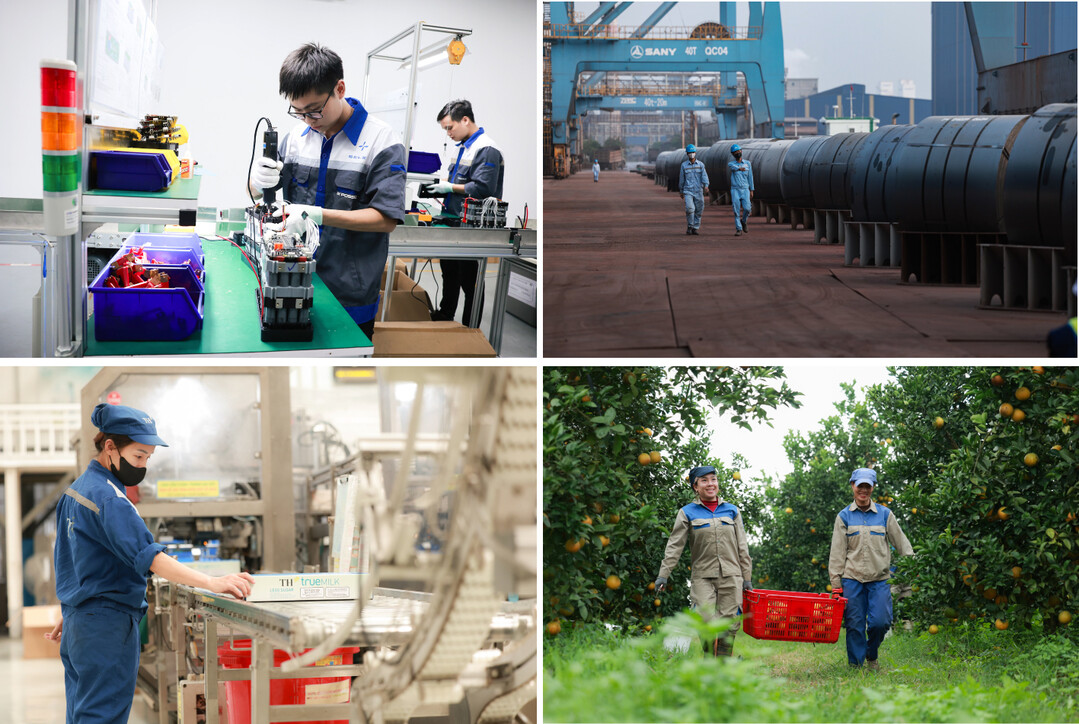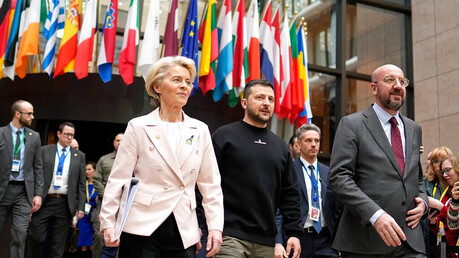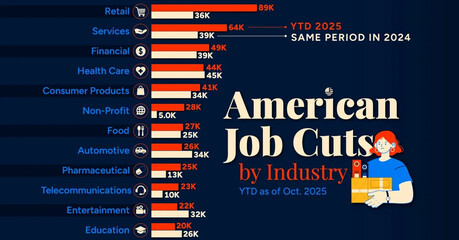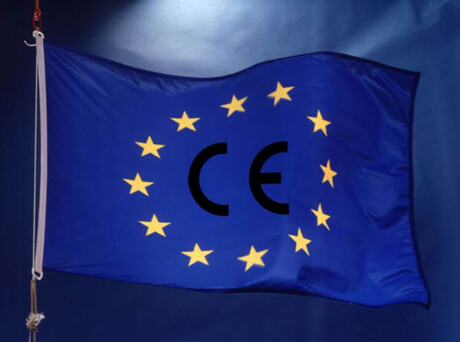
Hanoi - Despite global trade conflicts and the spread of protectionism, the Vietnamese economy showed a clear recovery, recording a Gross Domestic Product (GDP) growth rate of 8.23% in the third quarter of 2025, reaching its highest level since 2011. This is the highest level among major economies worldwide, suggesting that Vietnam has demonstrated adaptability and strong resilience amidst the global economic slowdown.
Solid Trade Balance and Investment Flow
According to the Vietnam General Statistics Office (NSO), the Q3 growth is all the more noteworthy as it was maintained despite pressure from the US to impose a 20% tariff. As of the end of September, Vietnam's total import and export turnover surpassed $680 billion, and it demonstrated a solid trade balance by recording a trade surplus of $16.8 billion.
In particular, Foreign Direct Investment (FDI) inflow from January to September hit a five-year high, with investments from global companies such as Samsung, Foxconn, LG, and Amazon continuously expanding. This proves that Vietnam remains an attractive global production base. During this period, total exports recorded $128.57 billion, an increase of 18.4% year-on-year, and imports recorded $119.66 billion, an increase of 20.2%.
Clean Energy and Digital Transformation Drive Growth
The main growth engines of the Vietnamese economy are manufacturing, clean energy, and domestic consumption. The Institute for Energy Economics and Financial Analysis (IEEFA) evaluated that Vietnam is emerging as 'Asia's Renewable Energy Hub' based on the explosive growth of its clean energy sector, including solar and wind power.
Along with industrial production (up 9.1%), the service and tourism sectors have also been significantly revitalized. The inflow of international tourists increased by 45% year-on-year, supporting domestic consumption. Furthermore, the government's 'Digital Economy 2030 Vision' strategy is analyzed to be playing a key role in growth by enhancing ICT-based productivity and efficiency.
Activation of the 'Three Major Growth Engines' and Stable Prices
US economic analysis media ainvest.com diagnosed that Vietnam's recovery is being driven by three pillars: FDI inflow, expansion of domestic consumption, and strengthening of public investment. September inflation stabilized at 3.38%, lower than the government's target (4.5~5%), preserving consumers' real income and supporting the domestic consumption base.
Nguyen Ba Hung, Chief Economist at the Asian Development Bank (ADB), commented, "Vietnam is the Asian emerging country that is most rapidly transforming its structure amidst external shocks," evaluating that the government's aggressive investment and FDI policies played a crucial role in defending the economy.
Structural Transformation is an Essential Task for Sustainable Growth
Major international organizations such as the IMF, WB, and ADB project the impact of US tariffs to be limited in the short term, forecasting Vietnam's annual growth rate to be in the range of 6.6% to 7%. This means that Vietnam is one of the fastest-growing economies in Asia.
However, experts point out that for sustainable growth beyond short-term recovery, a structural transformation from a labor-intensive export model to a focus on high-tech, digital, and clean energy is urgent. The government has presented improving public investment efficiency, fostering technological talent, and upgrading the global supply chain as key tasks, and if this transition is successful, Vietnam is expected to leap forward as a core nation in the Asian industrial value chain.
[Copyright (c) Global Economic Times. All Rights Reserved.]




























